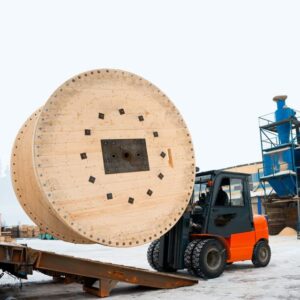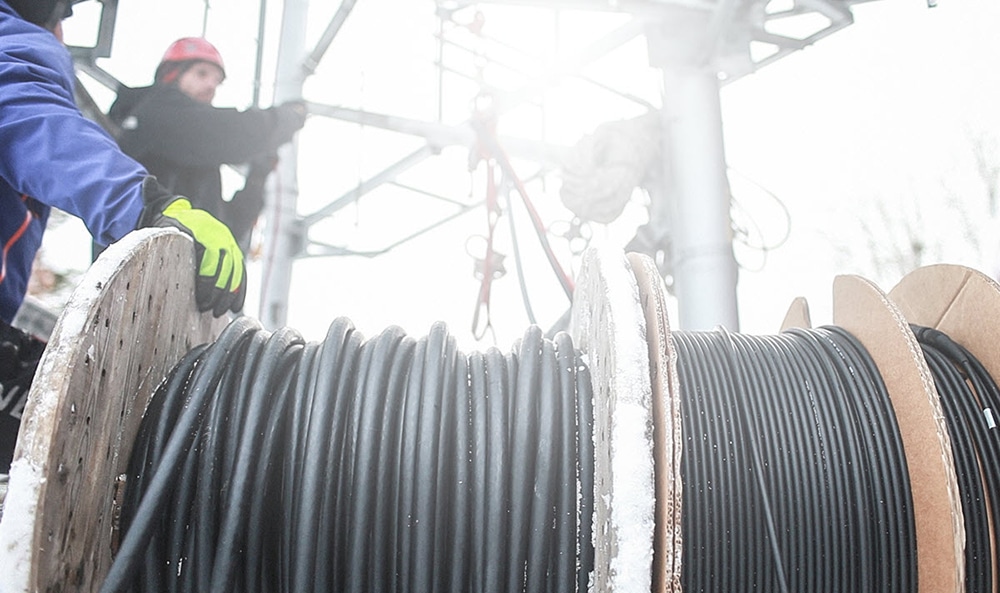It’s that time again! We’re entering the coldest months of the year, which can impact the products on job sites, including wire and cable. But even in cold temperatures, the need to install and maintain these products continues. So it’s important to handle them cautiously in cold weather to prevent damage. This article from Agilix Solutions and our cabling manufacture partner Southwire and its CableTechSupportTM Services is designed to help you take the necessary steps to install cable in cold weather.
What Counts as Cold Weather for Cable?
Cold is relative, and what counts as “too cold” will depend on what type of cable you are planning to install. Many wire and cable products are manufactured using a PVC-based insulation and/or a PVC jacket material. Per NFPA 70®, National Electrical Code® 2020, thermoplastic (PVC) insulation may stiffen at temperatures lower than -10°C (+14°F).
What Happens if You Install Cable When it’s Too Cold?
According to Southwire, when handling or installing any cables containing a thermoplastic or PVC compound at these low temperatures, the material will become more rigid and brittle, and be more susceptible to cracking. Your normal installation process can cause material damage in cold weather, so it’s important to take special precautions and properly prep cable in advance, or use low temperature cables.
Preparing Cable for Installation in Cold Weather
The only way to prepare wire is to bring it up to its minimum installation temperature. Depending on which method you choose, bringing cable up to a safe installation temperature could take between a few hours and a few days. It’s an important step though, and taking shortcuts could result in material damage and waste. So be sure you build warming time into your installation plans.
Here are a few ways Southwire recommends warming your cable for installation:
- When products containing PVC are to be handled, pulled, or installed at or below -10°C (+14°F), the cable products should be kept in a heated storage or warehouse area for a minimum of 24-48 hours before installation.
- If the cable must be left outside and exposed to the frigid winter weather, a temporary heated shelter should be created around the cables prior to installation.
- Optionally, a heating blanket can be wrapped around the cables to warm up the PVC materials. This is a common practice when handling medium or high voltage cables in cold climates.

Don’t let cold weather ruin your wires or stop installations this winter. With just a few steps, you can keep cable and wire jackets flexible and ready to install. Connect with your Agilix Solutions Account Manager or reach out to your nearest branch location for all your cabling needs.

